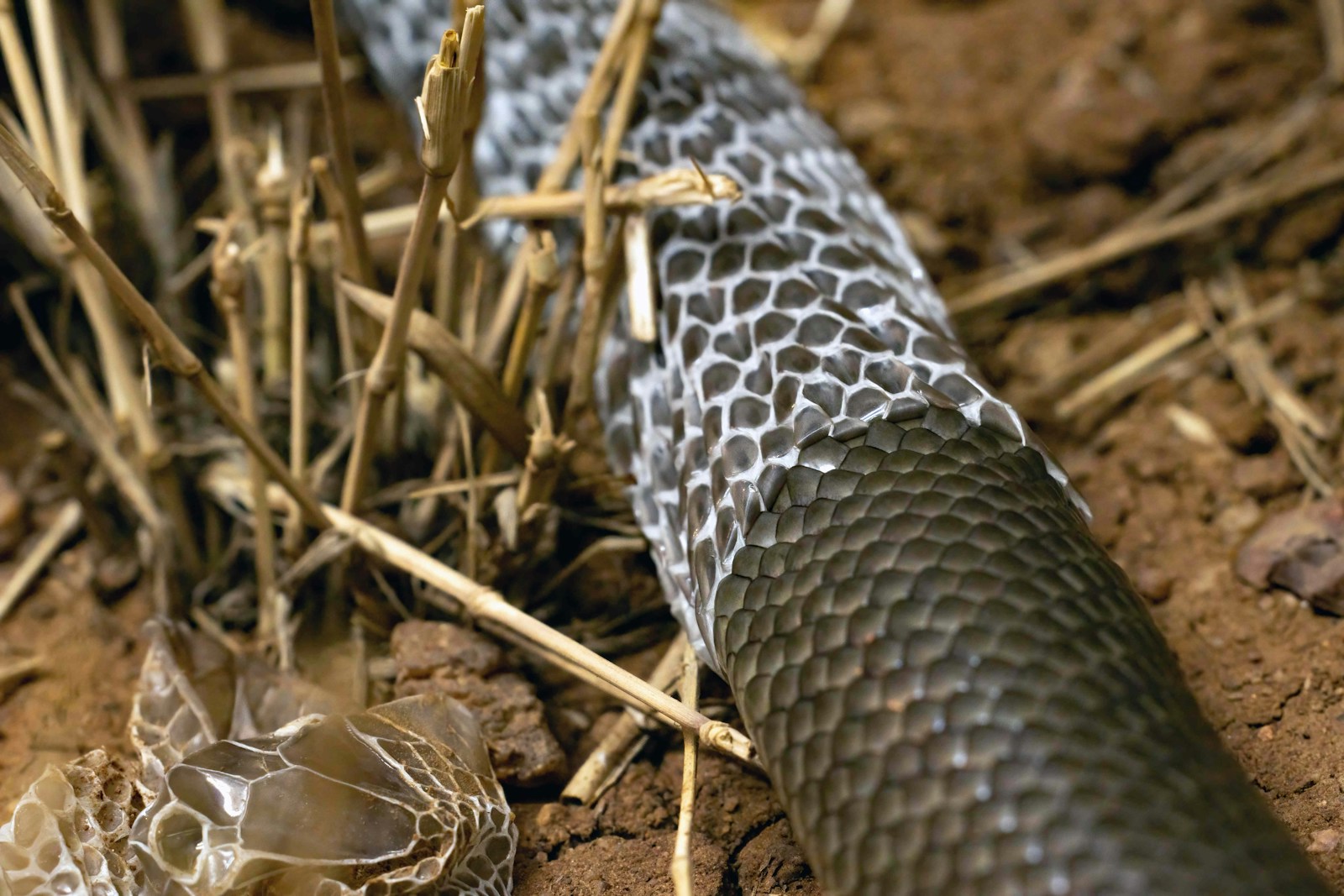Shedding, or ecdysis, is one of the most fascinating natural processes in reptiles. For snake owners, a healthy shed cycle often serves as a visible indicator of their pet’s wellbeing. However, many snake enthusiasts eventually encounter a concerning situation: their slithering companion’s shedding schedule becomes irregular or stops altogether. This disruption can signal various underlying issues ranging from environmental factors to serious health concerns. Understanding why snakes deviate from their normal shedding patterns is crucial for providing proper care and potentially preventing more serious complications. This article explores the numerous reasons behind irregular shedding in pet snakes and offers practical guidance for concerned owners.
The Normal Shedding Process in Snakes
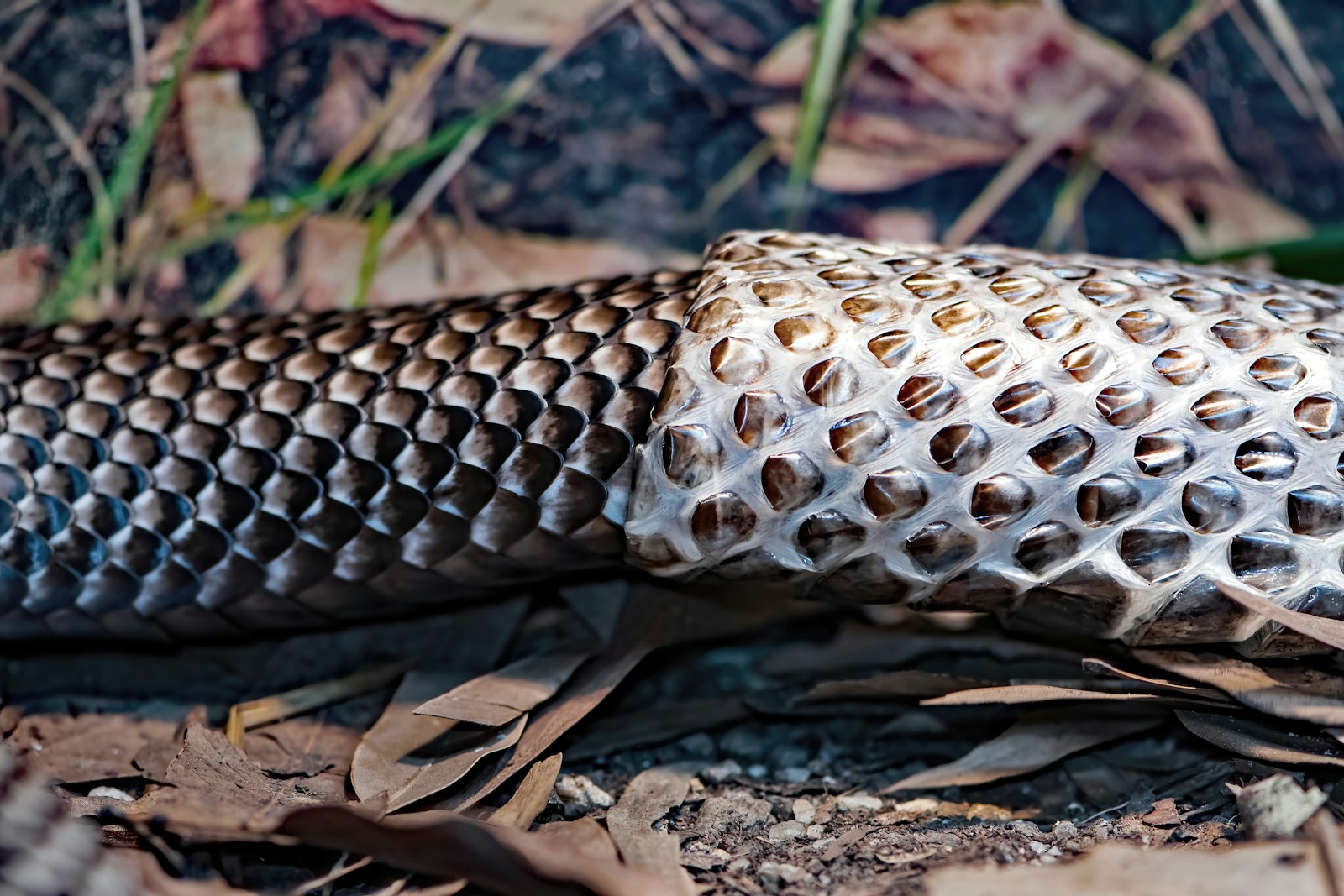
In healthy snakes, shedding follows a predictable pattern that typically occurs every 4-6 weeks in juveniles and every 1-3 months in adults, depending on the species. The process begins with the snake’s eyes turning cloudy or blue as fluid separates the old skin from the new layer forming underneath. After several days, the eyes clear, signaling that the snake is ready to shed within 1-3 days. During a normal shed, the snake rubs against rough surfaces to create a tear, usually beginning at the head, and then crawls out of the old skin in one continuous piece. This complete “sock-like” shed is what reptile keepers aim for, as it indicates optimal health and proper environmental conditions. Understanding this baseline process is essential for recognizing when something has gone awry.
Environmental Humidity Issues

Inadequate humidity ranks among the most common causes of shedding problems in captive snakes. Each species has evolved to thrive in specific humidity ranges that match their native habitats, from the arid conditions preferred by sand boas to the tropical environments needed by emerald tree boas. When ambient humidity falls below a snake’s requirements, the outer skin layer becomes too dry and inflexible to release properly, resulting in retained patches of skin that can cause serious complications. Conversely, excessive humidity can create opportunities for bacterial and fungal infections that disrupt the shedding process. Snake owners should research the precise humidity requirements for their specific species and invest in reliable hygrometers to monitor enclosure conditions, especially during the pre-shedding phase when proper hydration becomes even more critical.
Inappropriate Temperature Gradients

Temperature plays a pivotal role in regulating a snake’s metabolic processes, including the shedding cycle. Most snake species require a temperature gradient within their enclosure, allowing them to thermoregulate by moving between warmer and cooler areas. When these temperature zones are inadequate or improperly maintained, the snake’s metabolism slows or becomes irregular, directly affecting the shedding schedule. Cold temperatures particularly can dramatically slow a snake’s digestive system and growth rate, which in turn reduces the frequency of shedding cycles. Even short-term temperature fluctuations, such as those caused by power outages or equipment failures, can disrupt an otherwise healthy shedding pattern. Owners should ensure proper temperature regulation using multiple thermometers placed throughout the enclosure and reliable heating equipment with thermostatic controls.
Nutritional Deficiencies and Feeding Issues
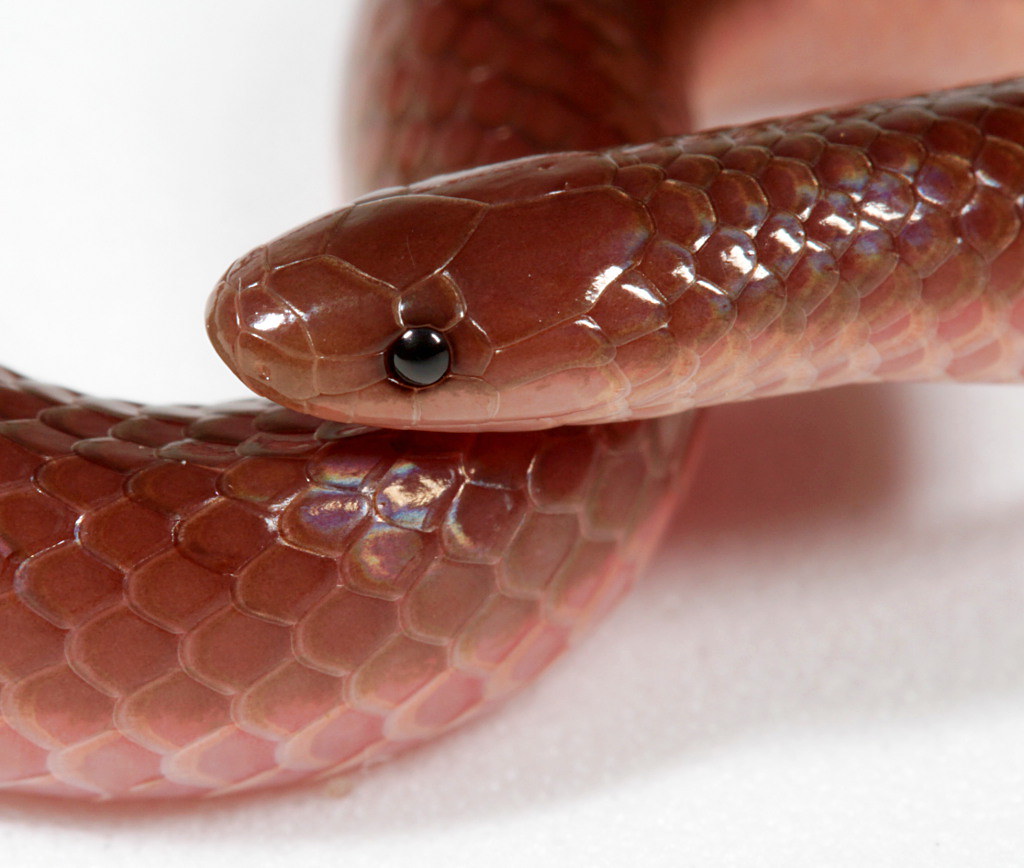
A snake’s diet directly impacts its ability to generate new skin cells and maintain regular shedding cycles. Malnourished snakes or those experiencing prolonged fasting periods often display irregular shedding patterns as their bodies conserve resources for essential functions rather than growth. Vitamin and mineral deficiencies, particularly calcium imbalances, can manifest as incomplete sheds or prolonged periods between shedding cycles. The quality of prey items matters significantly, as snakes fed nutrient-deficient prey may develop shedding abnormalities even when consuming appropriate quantities of food. Some species require specific dietary supplements or variety in prey items to maintain optimal health and regular shedding schedules. Owners should research species-specific nutritional requirements and ensure prey items are properly sized, nutritionally complete, and offered on an appropriate schedule.
Stress and Environmental Disturbances
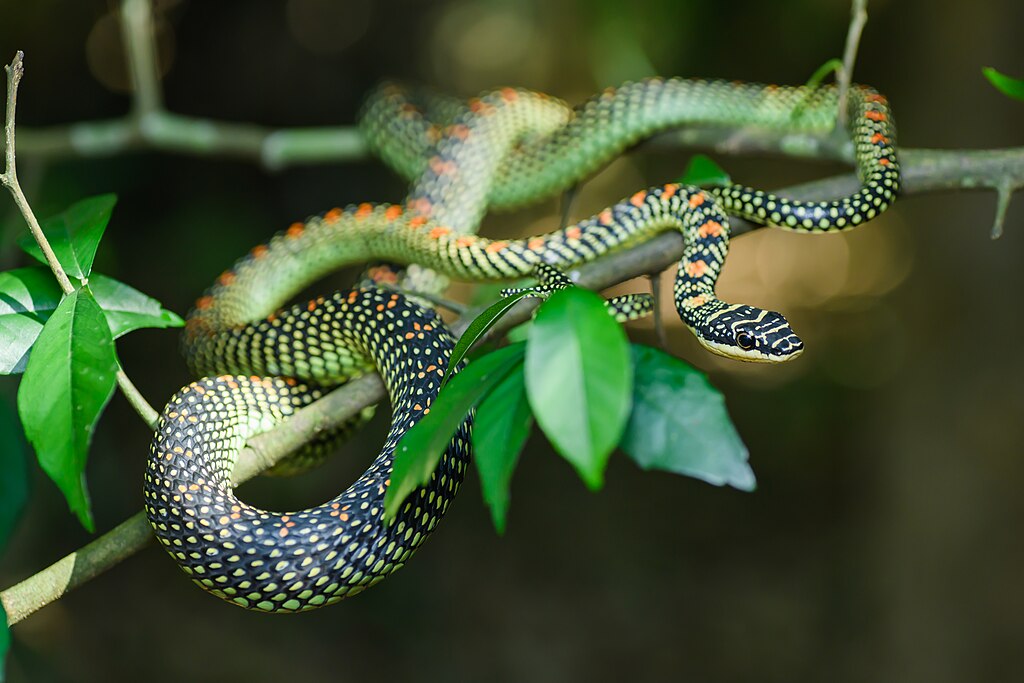
Snakes are surprisingly sensitive to environmental stressors, which can profoundly affect their physiological processes, including shedding. Common stressors include frequent handling, excessive noise, exposure to potential predators (including household pets), enclosure relocations, or inappropriate enclosure size and setup. Many snakes become particularly sensitive during the pre-shedding period when their vision is compromised by the clouding of their eye caps. Chronic stress triggers the release of hormones that can suppress normal growth patterns and interfere with the regular shedding cycle. Even temporary stressors, if severe enough, can delay an imminent shed or cause a partial or incomplete shedding attempt. Creating a secure environment with adequate hiding places and minimizing disturbances, especially during the vulnerable pre-shedding phase, can help maintain regular shedding patterns.
Parasite Infestations
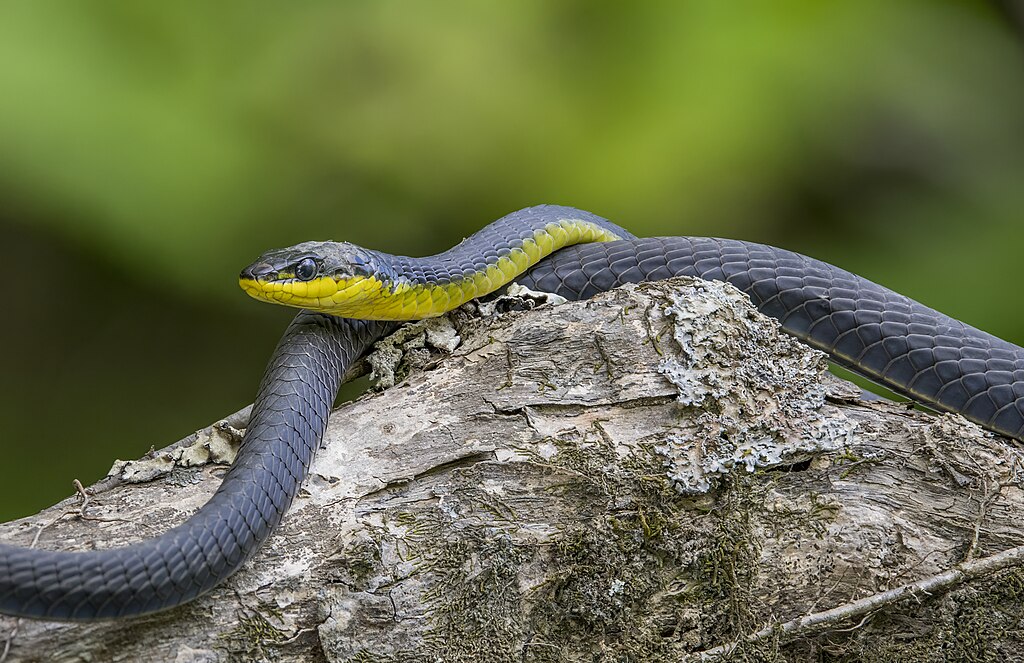
External and internal parasites represent a significant but often overlooked cause of shedding abnormalities in captive snakes. External parasites like mites and ticks damage the skin directly, creating irregularities in the shedding process and potentially causing the snake to shed more frequently than normal in an attempt to rid itself of the irritants. Meanwhile, internal parasites compete for nutrients and may cause systemic illness that diverts the snake’s resources away from normal skin development and shedding processes. Heavy parasite loads can lead to dramatic weight loss and significant reductions in shedding frequency as the snake’s growth slows or stops entirely. Regular veterinary check-ups and fecal examinations can help detect parasite problems before they significantly impact the snake’s health and shedding cycle. Prompt treatment of infestations, combined with thorough cleaning of the enclosure, is essential for restoring normal shedding patterns.
Bacterial and Fungal Infections
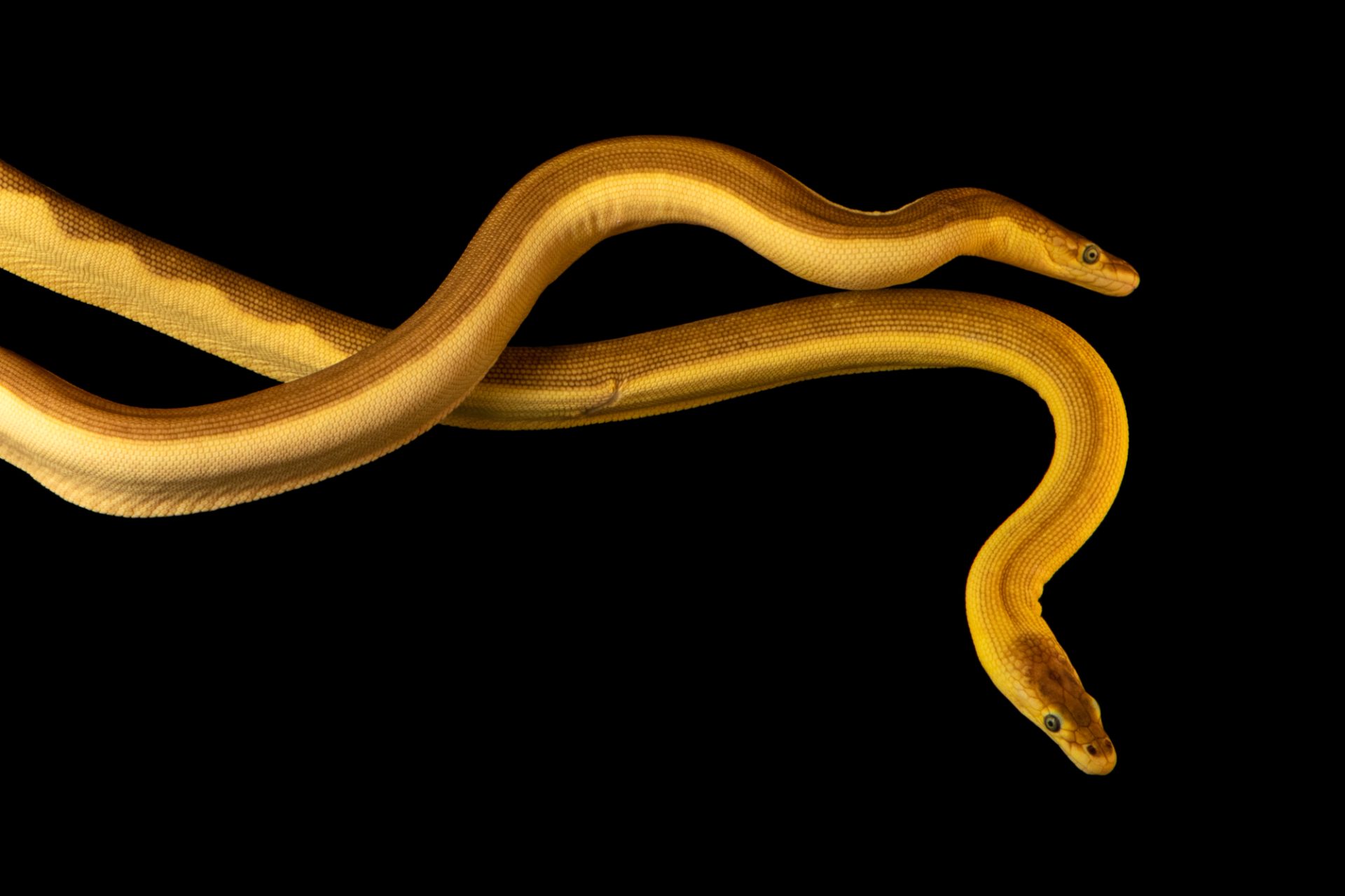
Skin infections represent some of the most serious threats to normal shedding processes in captive reptiles. Bacterial dermatitis (scale rot) and fungal infections typically develop in environments with excessive moisture, poor sanitation, or when the snake has sustained skin injuries that become contaminated. These infections interfere with normal skin development and can cause painful, discolored areas that shed irregularly or not at all. In severe cases, infections may penetrate deeper tissues and become systemic, potentially life-threatening conditions that require immediate veterinary intervention. Infections often create a vicious cycle where initial shedding problems create vulnerable areas for pathogens to enter, leading to infections that further complicate future sheds. Maintaining proper enclosure hygiene, promptly addressing minor skin injuries, and providing appropriate humidity levels—neither too high nor too low—are crucial preventive measures against these dangerous conditions.
Dehydration and Its Effects
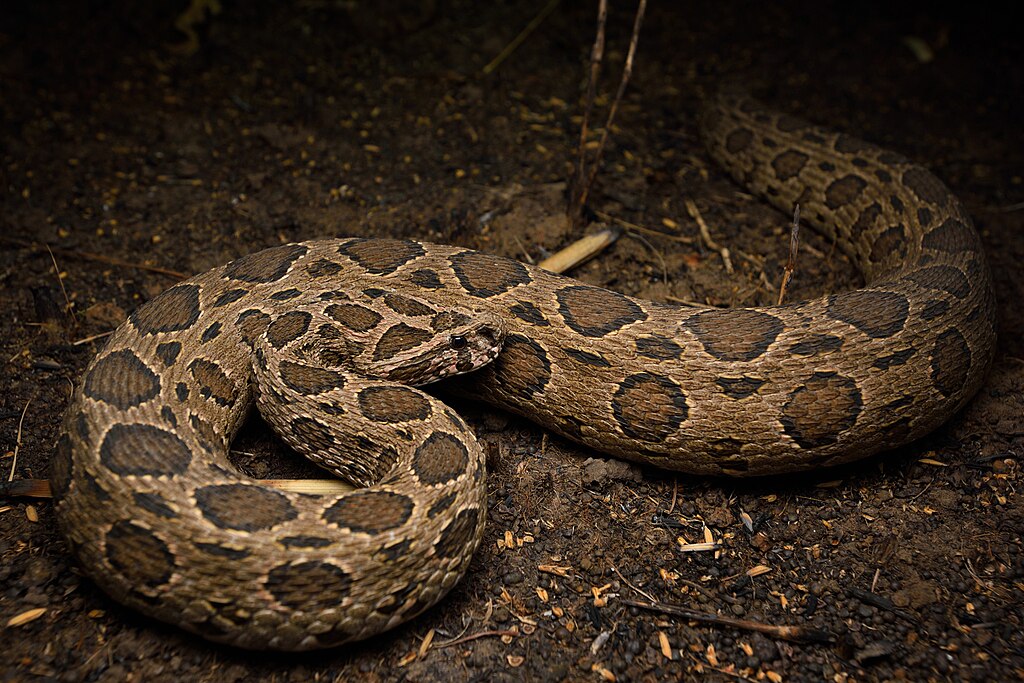
Dehydration significantly impairs a snake’s ability to shed properly by reducing skin elasticity and hampering the production of the lubricating fluids that facilitate the shedding process. Chronically dehydrated snakes often display a characteristic “accordion-like” wrinkling along their bodies and may attempt to shed multiple times without success, leaving patches of retained skin that can constrict blood flow to extremities. While most captive snakes derive the majority of their hydration from their prey, access to clean drinking water remains essential, particularly during the pre-shedding period. Species from humid environments may benefit from periodic soaking opportunities or humidity boxes during shedding. Signs of dehydration include sunken eyes, loss of skin elasticity, thick or sticky mucus, and constipation, all of which warrant immediate attention and environmental adjustments to prevent shedding complications.
Age-Related Shedding Changes
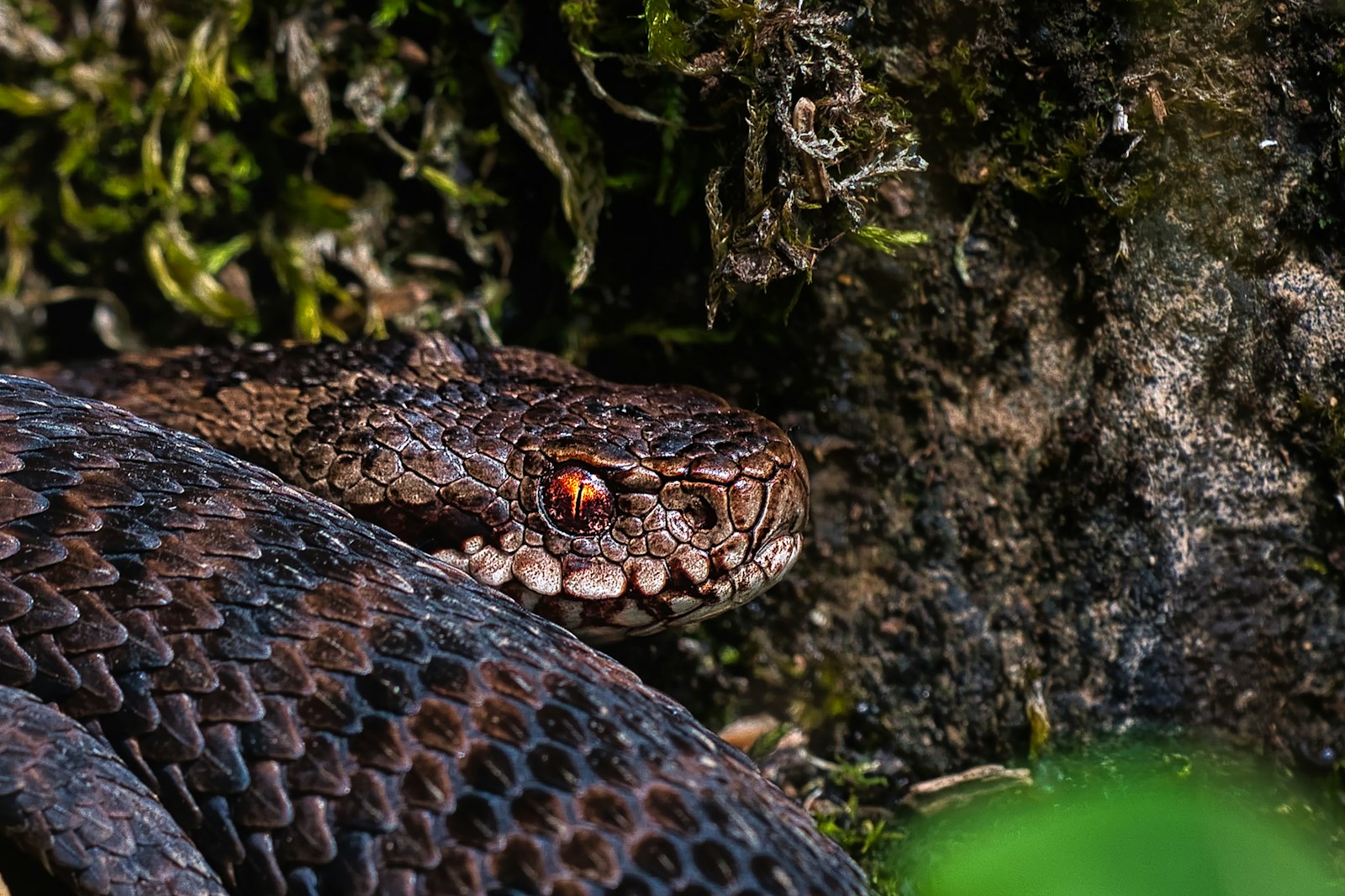
A snake’s age significantly influences its shedding frequency, with newborns and juveniles shedding much more frequently than adults due to their rapid growth rates. As snakes mature and their growth slows, the periods between sheds naturally extend—a change that sometimes alarms inexperienced owners who mistake this normal progression for a health problem. Geriatric snakes often experience further changes to their shedding patterns, including longer intervals between sheds and potentially more difficult or incomplete sheds as skin elasticity diminishes with age. Some species display more dramatic age-related shedding changes than others, with certain long-lived species potentially reducing to just one or two sheds annually in their senior years. Understanding the typical lifespan and growth patterns of specific snake species helps owners differentiate between normal age-related shedding changes and problematic irregularities that require intervention.
Reproductive Status and Hormonal Influences

Reproductive activities dramatically alter shedding patterns in many snake species, particularly in females. Gravid (pregnant) females often undergo a pre-laying shed shortly before depositing their eggs or giving birth to live young, even if this occurs sooner than their regular shedding cycle would dictate. Following reproduction, females may experience temporarily irregular shedding as their bodies recover from the significant resource expenditure of producing offspring. Males also experience shedding changes during breeding season, with some species undergoing more frequent sheds as they become sexually active and others potentially delaying sheds while focusing on reproductive behaviors. These hormonally-induced variations in shedding schedules represent normal biological processes rather than health concerns, though they can sometimes be mistaken for problems by owners unfamiliar with their snake’s reproductive biology.
Physical Injuries and Scarring
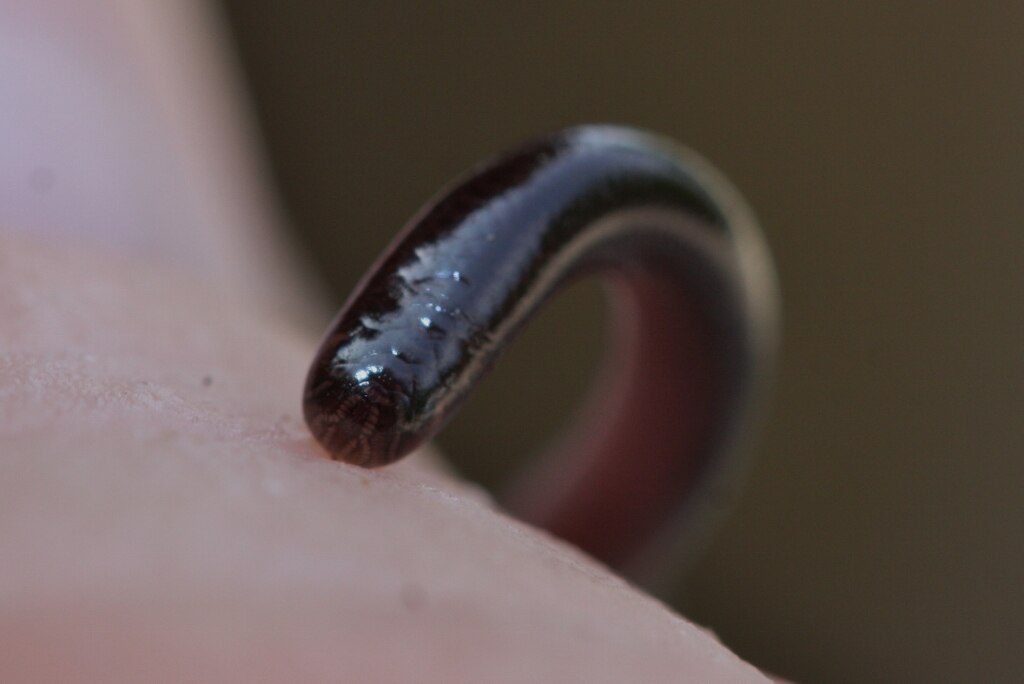
Physical trauma to a snake’s skin can permanently alter shedding patterns in the affected areas. Burns from malfunctioning heating equipment, bite wounds from prey or cage mates, abrasions from rough enclosure elements, and pressure necrosis from trapped shed all can result in scar tissue formation. Unlike normal skin, scar tissue lacks the elasticity and organized scale structure necessary for smooth shedding, often creating permanent problem areas that require special attention during each shedding cycle. Extensive scarring can complicate shedding across larger body regions, potentially necessitating manual assistance with each shed. Fresh injuries should receive prompt veterinary attention to minimize scarring and preserve normal skin function whenever possible. For snakes with established scarring, providing extra humidity and gentle assistance during shedding can help manage these permanent changes to the shedding process.
Genetic and Congenital Factors

Some shedding abnormalities stem from genetic factors beyond an owner’s control, particularly in captive-bred morphs with altered scale patterns or skin properties. Certain genetic mutations, especially those affecting scale development like scaleless or “silkback” reptiles, inherently alter the shedding process and may require lifelong special accommodations. Other less obvious genetic factors can influence skin elasticity, oil production, or the structural integrity of connecting tissues between skin layers. Some apparently sporadic shedding disorders may actually represent recessive genetic conditions that become evident only when specific environmental triggers occur. Reputable breeders typically disclose known shedding issues associated with particular genetic lines, allowing prospective owners to prepare for any special care requirements. For snakes with congenital shedding abnormalities, working closely with experienced veterinarians and breeders familiar with the specific condition offers the best path toward establishing appropriate management protocols.
When to Seek Veterinary Intervention
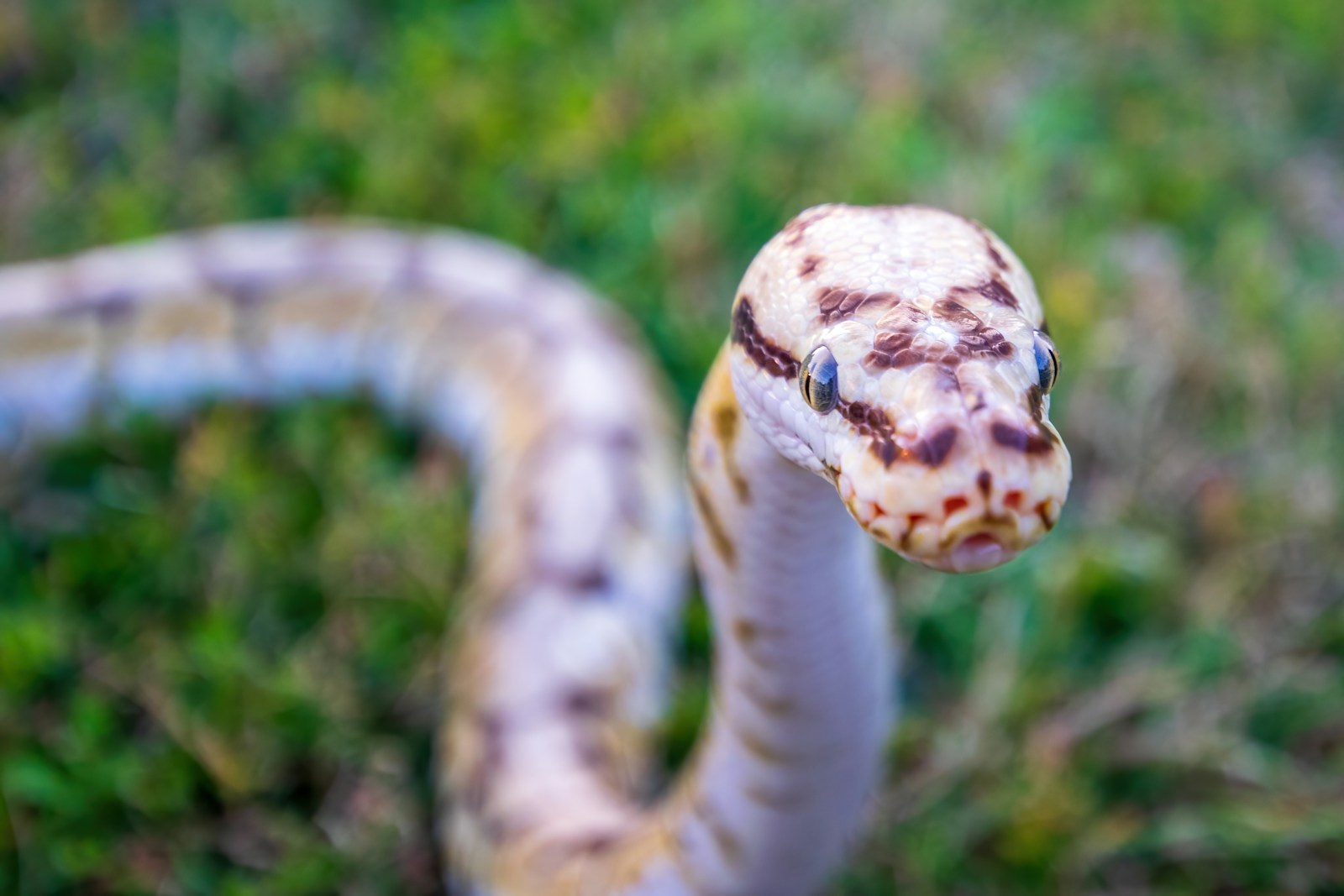
While many shedding irregularities respond to environmental adjustments, certain situations warrant immediate professional attention from a veterinarian specializing in reptiles. Multiple consecutive incomplete sheds despite corrective measures, retained eyecaps that don’t release after a shed, constriction injuries from retained shed on extremities, or shedding problems accompanied by other symptoms like weight loss, lethargy, or abnormal posture require veterinary assessment. Snakes that suddenly stop shedding for prolonged periods despite continuing to eat and grow also merit professional evaluation. During the veterinary visit, be prepared to provide detailed information about the enclosure conditions, feeding schedule, previous shedding history, and any recent changes to care routine. A qualified reptile veterinarian can perform diagnostic tests to identify underlying health issues that might be contributing to the shedding abnormalities and recommend appropriate treatments or management strategies.
Conclusion
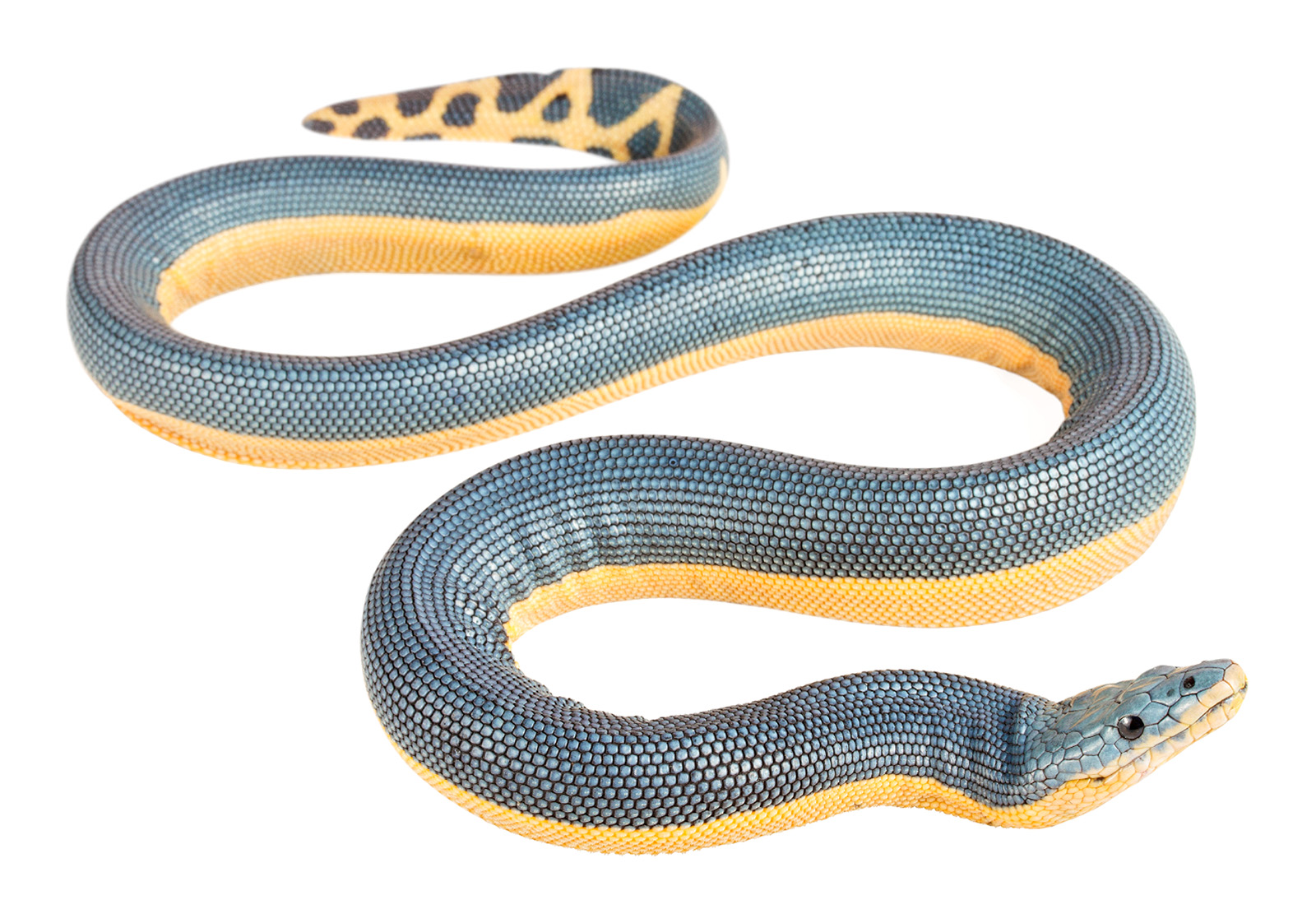
Understanding the complex factors that influence a snake’s shedding cycle provides the foundation for proper captive care. When a pet snake’s regular shedding schedule becomes disrupted, the cause typically lies within environmental parameters, nutritional factors, health issues, or normal biological changes related to age or reproduction. By systematically evaluating and addressing these potential causes, owners can often restore healthy shedding patterns and prevent serious complications from retained shed. Regular monitoring of shedding frequency and quality serves as an invaluable window into a snake’s overall health status. For conscientious owners, mastering the art of supporting normal shedding represents one of the most important aspects of reptile husbandry – one that rewards careful attention with the satisfaction of watching their scaly companion emerge refreshed in a perfect new coat.

